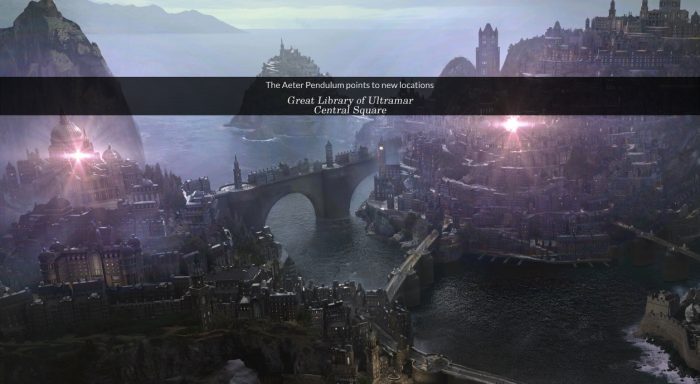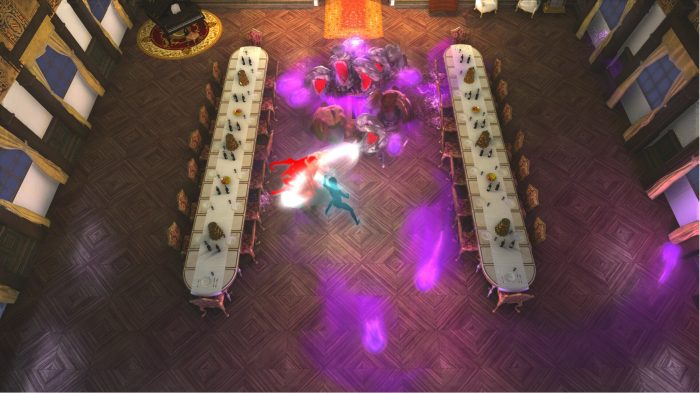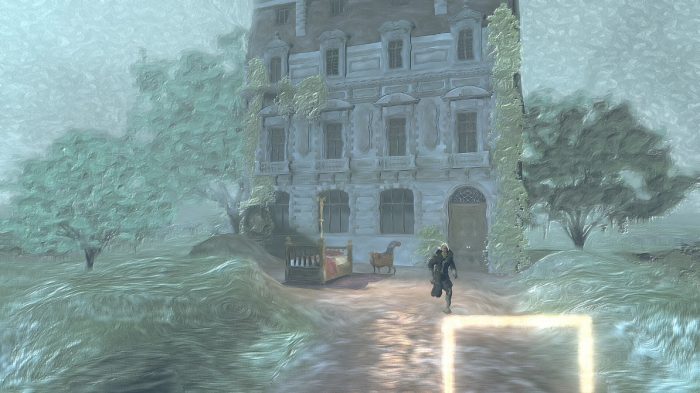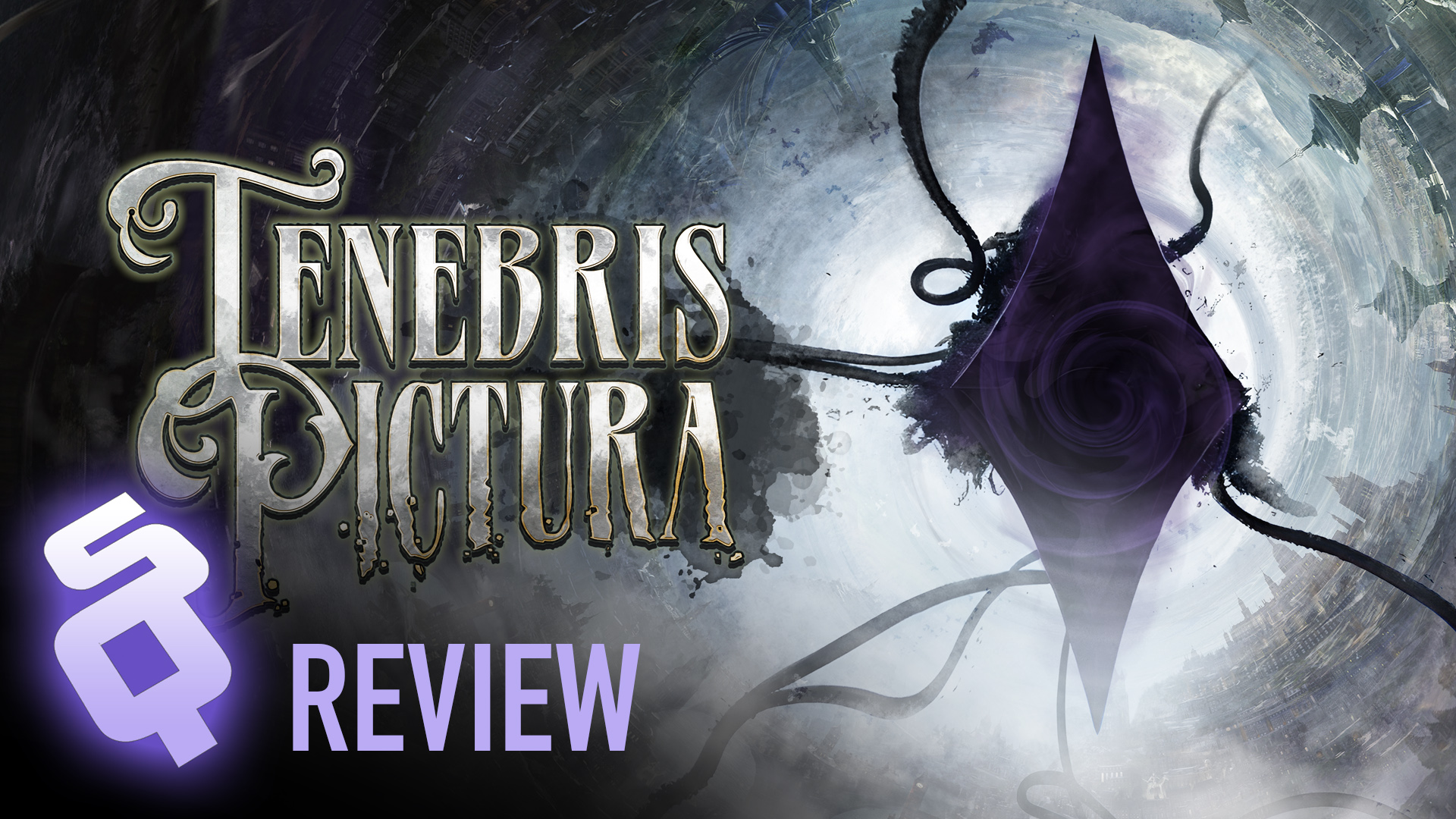Abstract art, abstract experience
When I saw the trailer for Tenebris Pictura I was intrigued by how it made me think of an obscure PS2-era adventure game, so I decided to give it a try. Tenebris Pictura is an action adventure game where the player takes control of Magnus, an investigator with psychic powers, who has recently been hired by an old friend to find his missing daughter on the large Victorian isle they call home.
The loop presented in the game is fairly interesting on paper. We explore the island via selectable locations on a map which is divided between a city district and the surrounding rural areas. While on the search for the missing girl we come across rooms with paranormal monsters that have to be defeated, earning us new abilities and keys to progress in other sections of the game.

There are two core mechanics within the game. The first ability the we will come across is the separation of the astral form from the physical body. This features prominently in puzzle solving, but more so in combat. Enemies can only be damaged from spiritual attacks. This results in nearly every combat encounter carrying out in the same way: find a safe place for Magnus, separate, then run around the enemies until a combat ability is charged.

The second mechanic is the ability to enter paintings. Some paintings hold just one room with a chest or object for puzzles, while others are fully realized sections unto themselves. There is one instance in the game that requires us to bring a painting from our inventory into another on the wall, but the more complex puzzles are few and far between. It is disappointing to see what was arguably the biggest hook of the game being so underutilized, as well as appearing nearly halfway through. (It should also be noted that the visual aesthetic within some of the paintings scream AI filter.)

My entire time with Tenebris Pictura felt like coming across a bad abstract painting. It looked different enough to first catch my eye, but upon closer examination the issues started popping up. Unresponsive controls and terrible collision detection were the paint leaving the lines, the questionable filter-esque art style was at times clashes of color. It just isn’t the paint or the brush strokes that’s bad here, it’s the entire canvas itself.
This review is based on a copy of the game purchased by the reviewer.


No Comments